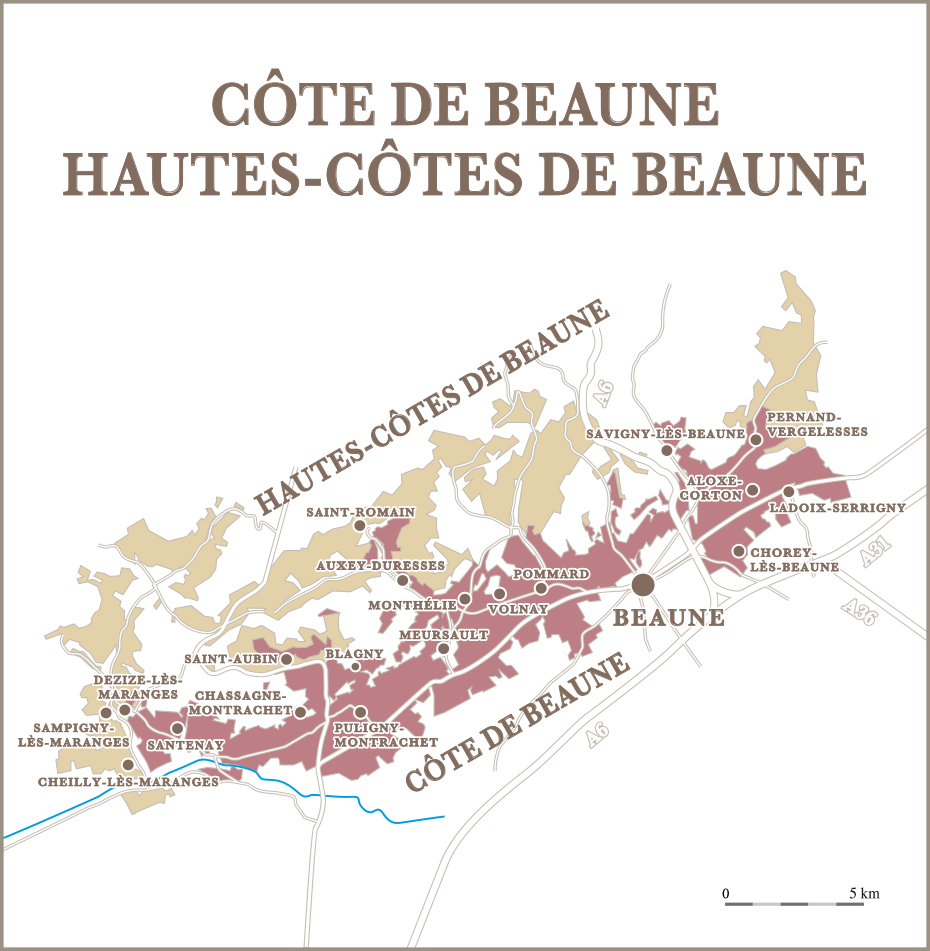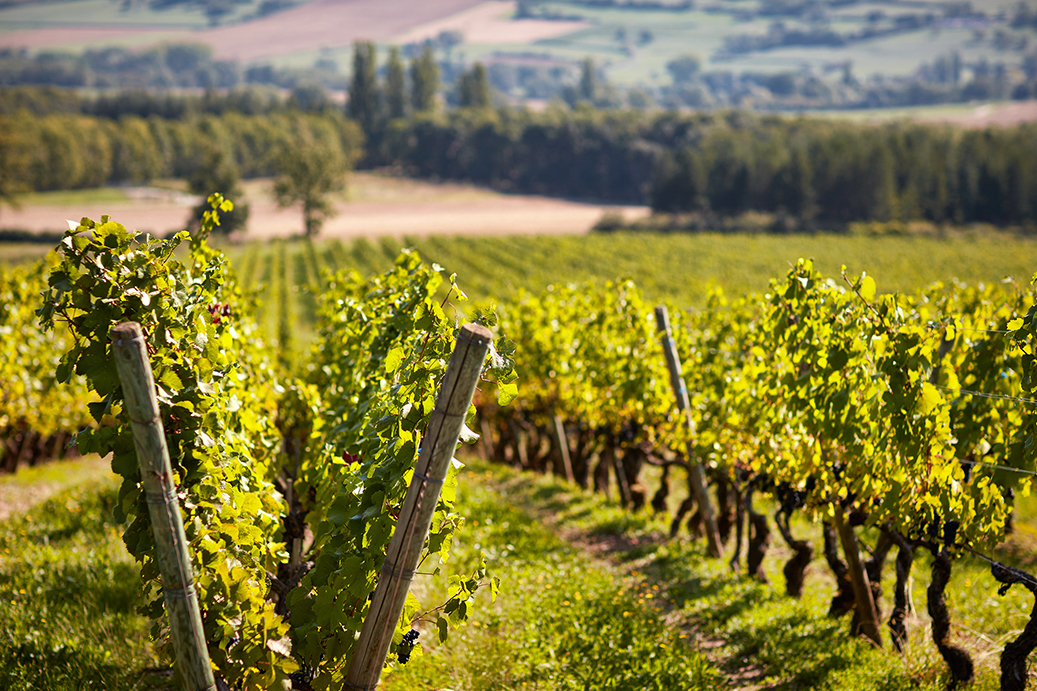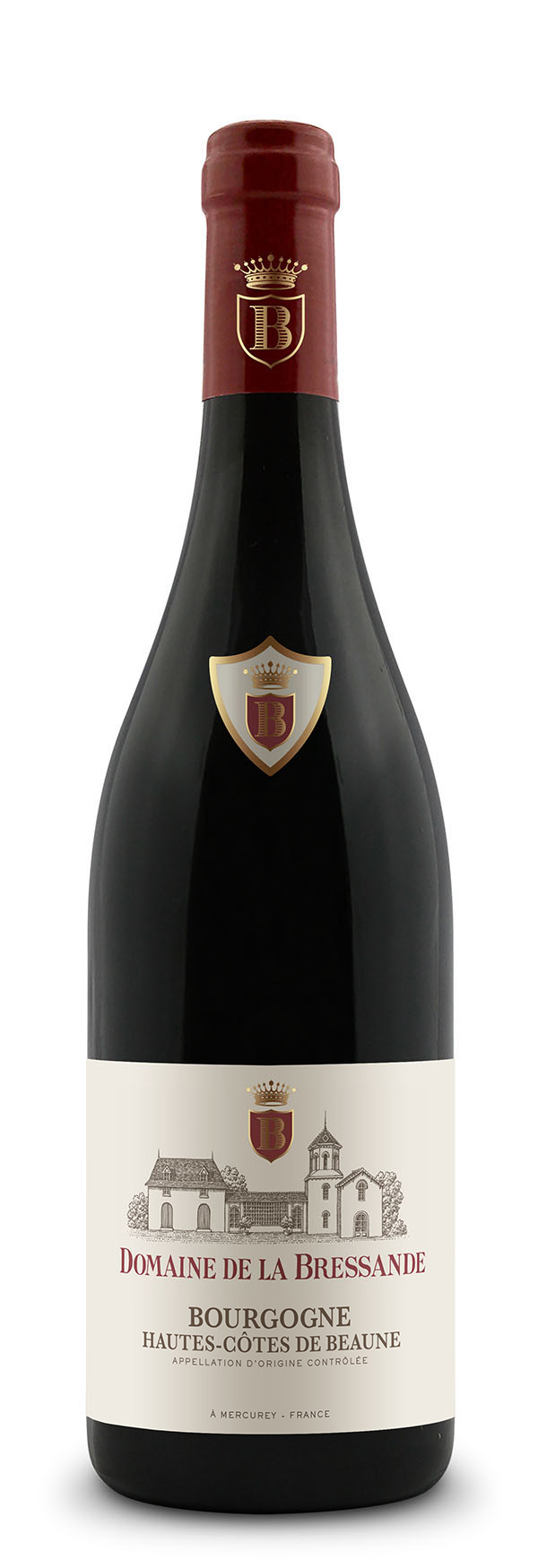BOURGOGNE
HAUTES-CÔTES DE BEAUNE 2024
Discover the various vintages
2024Grape Variety
100% Pinot Noir.
Tasting notes
Colour: Bright ruby red.
Nose: Aromas of red and black fruit with hints of spice and liquorice, and delicate oak.
Palate: Bold attack with flavours of cherry and blueberry. The tannins melt into the body.
Food and wine pairing
Bourgogne Hautes-Côtes de Beaune is the perfect accompaniment to charcuterie, terrines, duck, game such as venison, roast meats and a fine cheese platter.
Serving suggestions
Serve at a temperature of 14 to 16°C. (57-61°F.).
Ageing potential
It will keep for around 5 years in the cellar in good conditions.
Origin
Situated to the west of and parallel to the Côte de Beaune, the Hautes-Côtes de Beaune are higher hills, interspersed with faults, giving great variety to the crops and landscapes. What makes the Hautes-Côtes so special is the original way in which the vines are grown: high, wide vines that are less susceptible to frost than low vines.
The appellation covers 22 communes in Côte-d'Or and 7 communes in Saône-et-Loire. It covers an area of 943 hectares, with 720 hectares of red and rosé wines and 223 hectares of white wines.
Terroir
- Clay-limestone soils with some marl formations and hillsides covered with limestone scree.
- South-east facing.
- Steep slopes.
- Altitude between 290 and 485 metres.
Vinification and maturing
The grapes are harvested by hand, sorted in the vineyard and then in the cellar before being destemmed and put into barrels.
Alcoholic fermentation takes place in open, temperature-controlled concrete vats. The cap is pumped over daily and the cap is punched down twice a day during the active phase of fermentation.
The wine is aged 40% in oak barrels (20% new barrels) and 60% in stainless steel vats for 14 months. The two parts are then blended.
Vintage : 2024
The year 2024 in Burgundy was marked by extreme weather conditions, with excessive rainfall and a significant lack of sunshine. These factors led to heavy disease pressure, particularly downy mildew, complicating the work of the winegrowers. Frost and hail also caused significant damage, particularly in regions such as Chablis and Auxerrois.
Yields were severely affected, with drops of up to 70% in some areas. The Côte Chalonnaise held up better, with more limited losses. Overall, volumes are well below the usual average, a reminder of the difficult harvests in 2021.
The late harvest necessitated rigorous sorting to preserve quality. Despite the challenges, the grapes harvested reached good ripeness thanks to a sunny spell in September. The reds stand out for their richness and concentration, comparable to great vintages such as 2010. The elegant whites are reminiscent of 2022.
Initial tastings reveal promising wines, with concentrated aromas and a fine structure. Although limited in quantity, this vintage promises to be a qualitative success.


